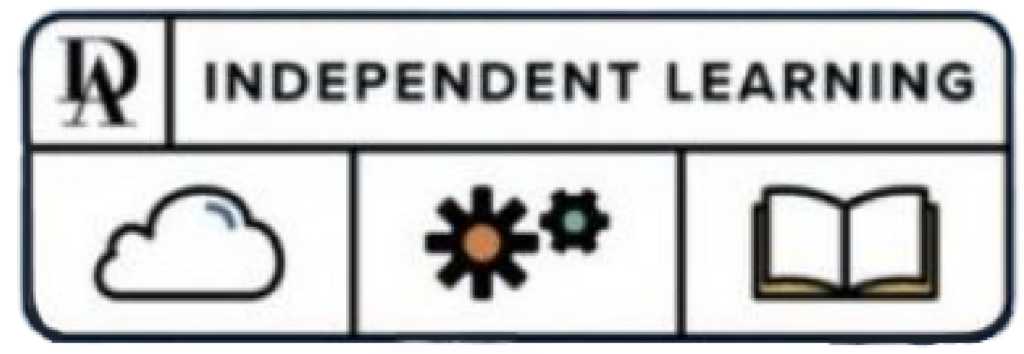Hi!
This week I continued Women and Girls with Autism Spectrum Disorder and have been finding it very interesting—this past chapter seemed to be more focused on gender bias in diagnoses and the diagnostic system (including DSM-5, as well as the subjective nature of assessments and very poorly equipped medical professionals) as well as self-advocacy in the face of such misinformation and broken systems—so I thought I would share just a few quotes from my reading!
“The diagnostic process itself takes on a number of forms depending on the age and/or intellectual ability of the individual and the culture of the diagnostic service or clinical… There is no definitive test for autism and no standard way of carrying out an assessment. The outcome of the diagnostic assessment has a subjective element and is based on.. the knowledge and experience of the clinician… both in asking the right questions to elicit the necessary data and in interpreting that data to provide an accurate outcome” (34).
“The majority of the women participants questioned for this book had experienced years of mental health difficulties and interventions before receiving an autism diagnosis” (36).
“In my professional work… it is extremely rare to find a person who is incorrect about themselves. If an adult has been brought for an assessment by a partner or family member who suspects they have autism, a higher incidence of negative assessment is seen, but when the person investigates and instigates the process themselves, they are usually correct. I dont say this because I am personally seeking to increase the numbers of the autistic population in order to claim world dominance; it is because people do not seek out diagnosis lightly. They have done their research and come to their conclusion solidly before approaching anyone for a diagnosis. As professionals, we must be respectful of the fact that these people are generally not time-wasters. They have more knowledge of themselves – and often of their condition – than we do. (39)
“Gould and Ashton-Smith (2011) also outline a number of key differences in autistic features between girls and boys and recommend a broader view of the diagnostic classification to be taken by clinicians. Items such as increased interest in reading fiction and immersing themselves in fantasy world (with set rules that can be followed) are mentioned as needing special consideration.” (38)
“It is to be hoped that, in the future, formalized [“sex-specific”] diagnostic tools will become widespread, but in the meantime, clinicians must make informed judgments and adjustments to existing tools where necessary.” (38)
“An inexperienced clinicians ‘tick box’ approach to the autism diagnostic criteria may be very harmful to individuals with a different behavioral profile. An extensive knowledge of autism and face-to-face experience of a significant number of women with autism are necessary. Reading autobiographies, blogs, watching YouTube videos made by women with autism, and spending a day or two at a special school or women’s support group, will all help build the real-life knowledge essential to be a competent clinician” (38)
“My experience has been that parents who have had the best outcomes have been those with the confidence and ability to fight for what is their right. Challenging the medicall profession is something that many people do not fell comfortable with, but is something that, sadly, is frequently necessary for parents of girls and women with autism” (40)
“‘I was told repeatedly by many professionals that I did not NEED a diagnosis but I always felt not fully believed and having to justify myself without one.’ (Woman with autism)” (41)
Okay, that is all for this week! I will hopefully get to keep reading this and the other book Ms. Rogers kindly lent to me throughout the rest of this month, and then I will start working on the final phase of my study. See you all next time!

